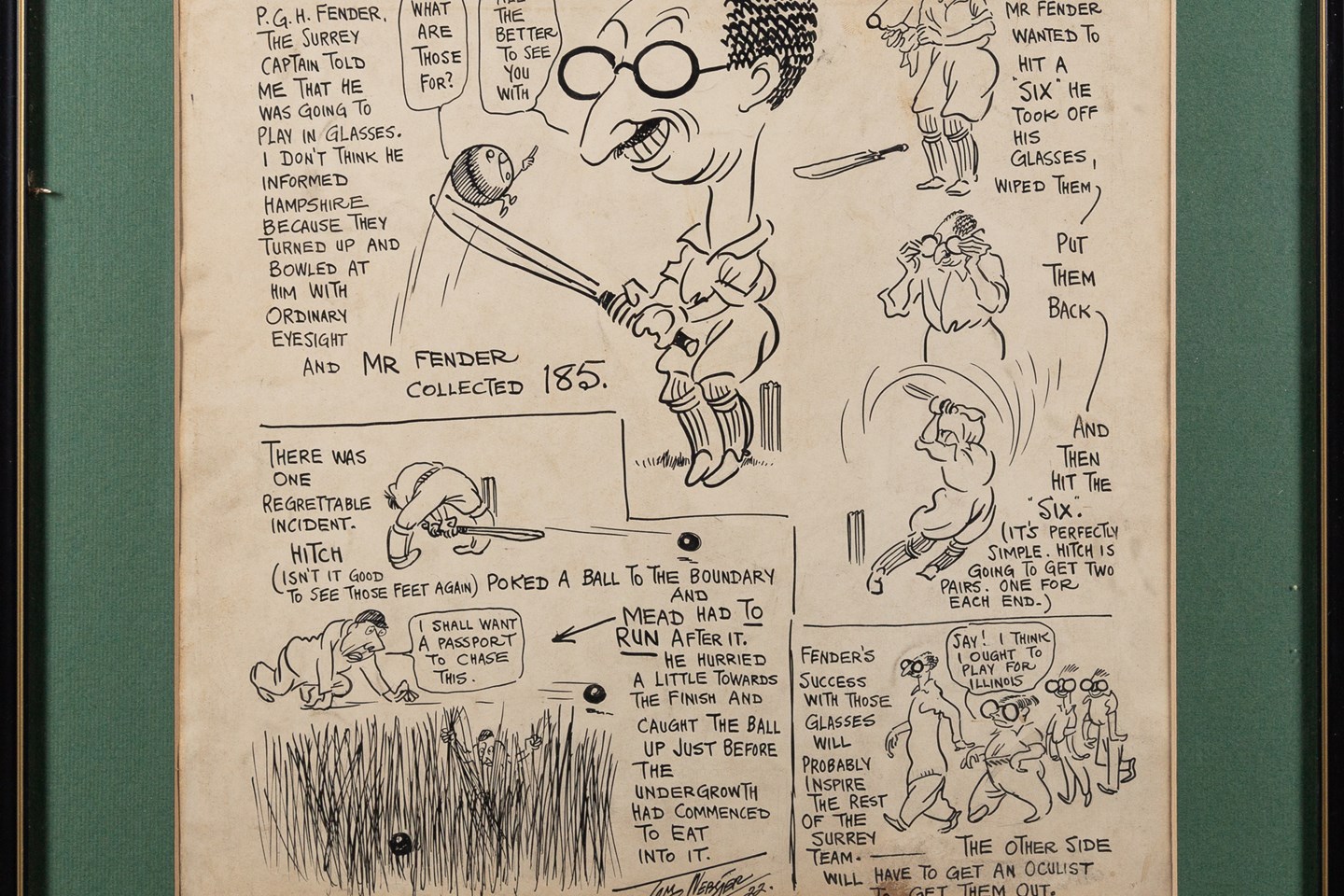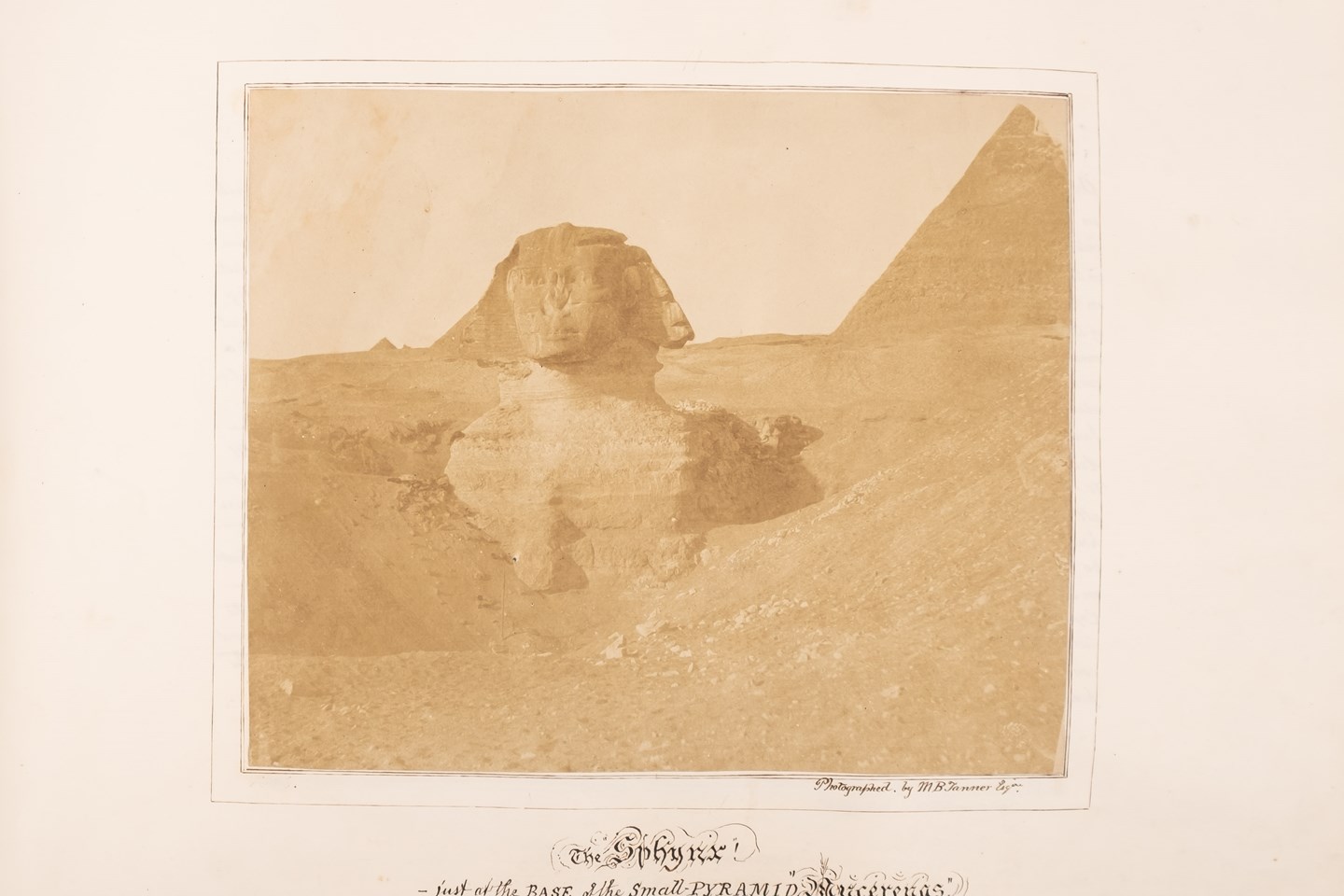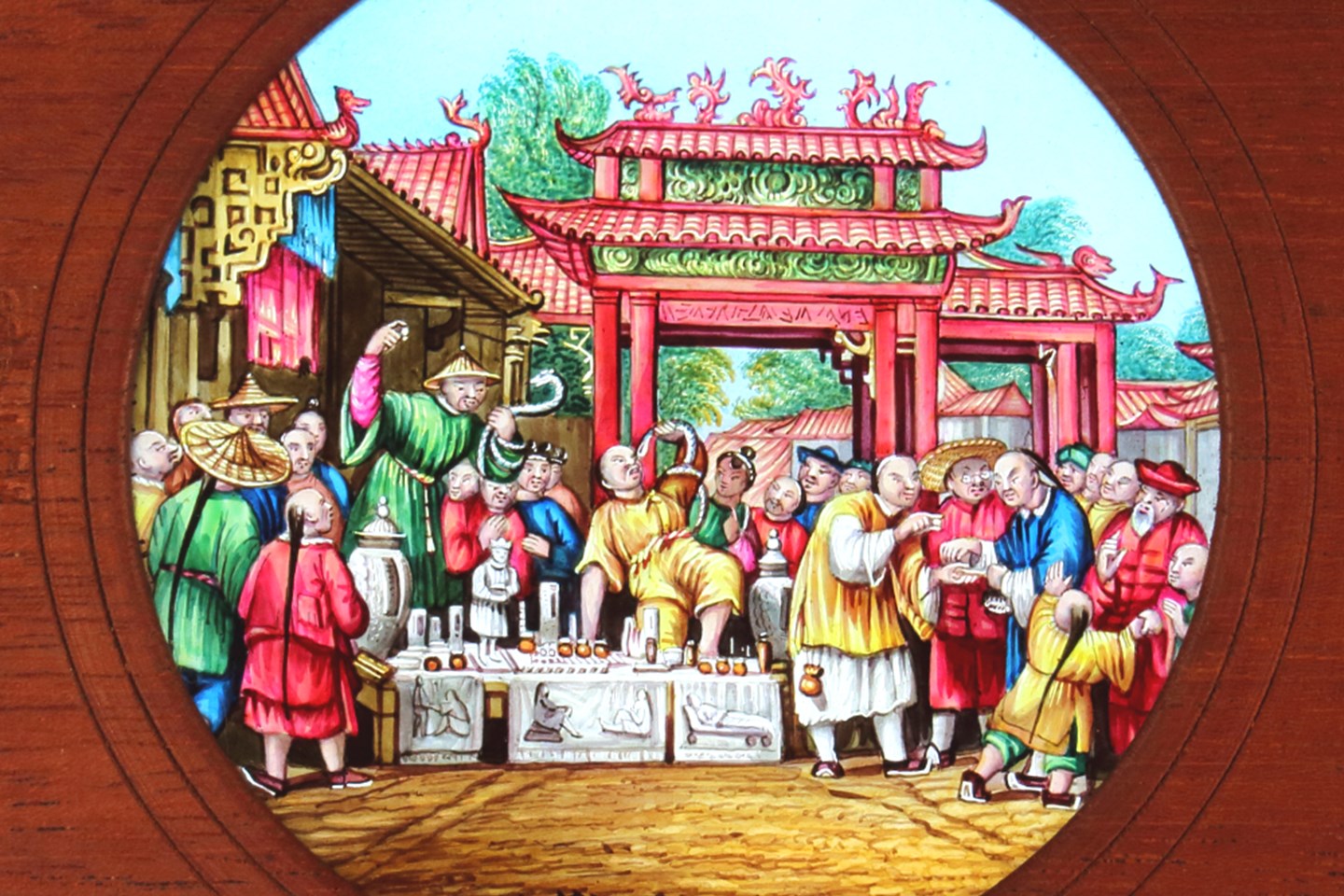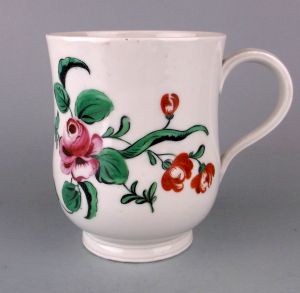
A very dubious Samson copy of a Plymouth porcelain mug.
The company of Samson, Edme et Cie or just plain old Samson of Paris has a somewhat colourful reputation amongst collectors. Born in 1810, Edme Samson started a workshop in 1845 that specialised in decorating good quality reproductions of 'antique' (primarily) porcelain pieces in museums and renowned private collections. Not unlike Ullysse Cantagalli who several decades later did the same sort of thing in Florence, but using pottery as his medium of choice. Samson obviously found himself a useful niche as the business took off allowing his son Emile Samson to join the family business when it moved to larger premises in the 1860s, although it seems that initially at least Samson didn't make anything, but decorated blanks bought in from other factories.
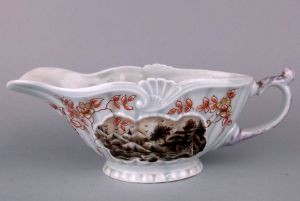
A Samson copy of an early Worcester porcelain sauce boat
in a somewhat garish palette.
The range of Samson's work is very broad including copies of Chinese famille rose and famille verte porcelain and especially armorial pieces, but he also produced plausible reproductions of Japanese Imari as well. However, considerably closer to home Samson also produced new pieces of Worcester, Chelsea, Sevres and Meissen porcelain, in fact any domestic European factory of note seemed fair game.
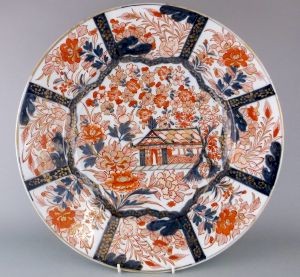
A Samson Imari porcelain charger.
As Samson is recorded as exhibiting at a number of international exhibitions and operated from a Paris address, presumably with showrooms, we have to assume that his business was all above board. One could see why collectors, who could neither afford an unusual piece or were impatient to acquire a rarity, might be happy to purchase from Samson. Also, if you had lost part of a dinner or tea service, or perhaps a piece from a garniture, or a family heirloom, originally produced by a now defunct factory, you had little choice other than Samson if you wanted to acquire a replacement. As such you would be happy that these 'antiques' would bear the name of their recent maker – an 'S' or double 'S' in blue on most occasions, or if the item was Oriental, a faux Chinese mark in red that would have fooled nobody.
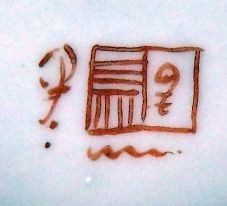
A Samson 'faux' Chinese mark.
Where the picture gets a little more concerning is when Samson reproductions bear no marks at all, or bore more than passable facsimiles of the original manufactories, such as the crossed swords of Meissen. Whilst it was illegal to do so it has become obvious that if requested by a client, Samson did clandestinely produce fakes to order, which is why he has such a poor name now. The picture is further muddied by other purchasers who deviously erased Samson's mark either leaving a telling patch of ground out glaze or replacing it with more convenient marks.
However, most serious collectors are nowadays easily able to spot his work as the palette used is often more garish and the handling of the paint is often more contrived and stiff; obviously if you were painting a small number of pieces your work would not have the fluidity of an enameller who had spent years with the same pattern.
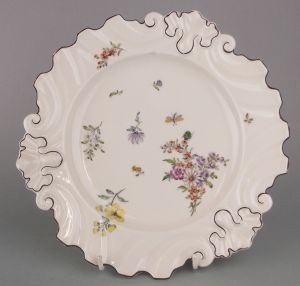
A very plausible Samson copy of a Chelsea plate.
There seems no doubt that the Samson concern filled a hole in the market and his copying work is often of a very high standard, but owing to some rather nefarious practice, he and his descendants (the Samson concern continued right up until the mid-20th century) are now infamous rather than famous, but the delicious irony is that Samson himself is now faked. Fake of fakes, now that is something.
- Bearnes Hampton & Littlewood
- Samson, Edme et Cie
Forging Ahead with Mr Samson - Edme Samson Misunderstood or Just a Dodgy Faker? was written on Monday, 5th January 2015.







